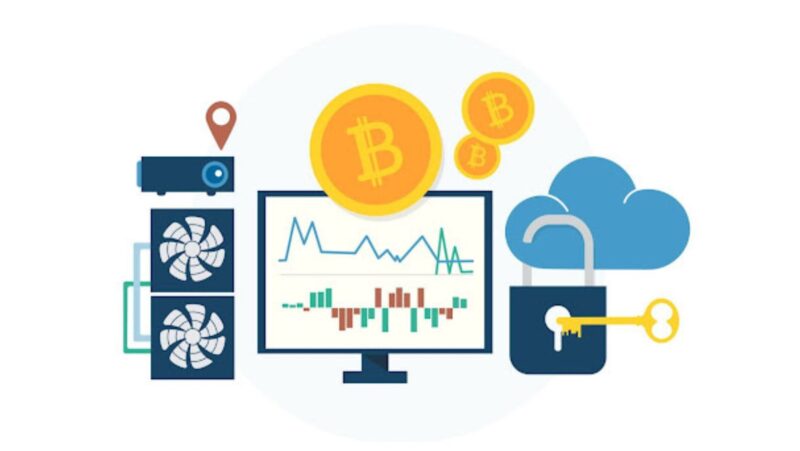

We are more and more involved in the digital life that expands continuously. However, numerous online security challenges are around the corner waiting for our costly mistake. Nowadays, PINs and traditional passwords are not enough to keep us safe from hackers. As the technology evolves, so the online security measures become more sophisticated. Therefore, biometric technology emerged as one of the most efficient methods to keep our digital interactions safe. Let’s explore together five ways biometric technology can enhance online security and help protect sensitive information.
Replacing Passwords With Biometric Authentication
Since traditional passwords are not enough for digital security, biometric technology can replace them more efficiently. We can protect our devices with fingerprint scans, facial recognition, or even voice verification. Moreover, the implementation of biometric technology goes beyond securing our devices.
Accounts with weak or reused passwords are easy targets for cybercriminals, especially when it is about sensitive accounts like online banking or online gambling. Even modern online casinos reviewed by deadspin.com support these groundbreaking technologies. Biometric authentication is more convenient and secure since it’s harder to replicate compared to traditional passwords.
Adding Multi-Factor Authentication Layers
Nevertheless, if you still prefer using passwords, biometrics can help by adding an extra layer of security through the MFA setup. This approach requires you to provide at least two ways of identity verification to be able to access your account. This combination of traditional passwords and biometrics boosts your level of online security since if hackers have your password, it is not enough to access your account. This approach is also used in online banking, as well as in health apps and other sensitive platforms.
Protecting Against Phishing and Social Engineering
Hackers apply different tactics to break your online security systems, and social engineering and phishing attacks are among the most sophisticated. This way, cybercriminals want to manipulate users to reveal their passwords. However, biometrics cannot be replicated, duplicated, or phished, so they keep you safe even if you fall into these kinds of traps.
Enhancing Payment Security
Since the online presence of the financial industry has dramatically increased, it has embraced biometrics with open arms. Nowadays, digital money transfers are quite popular, and facial recognition or fingerprints can be used for authorizing transactions.

Even if someone else gets access to your device, authorizing purchases or withdrawals is not possible. That’s how biometrics helps against identity theft risks.
Enabling Behavioral Biometrics for Continuous Security
The biometrics technology continues to evolve, as well as cyber threats, so the next big thing in this sector should be behavioral biometrics. It analyzes user behaviors, including mouse movements, typing patterns, and online navigation habits. This technology continuously monitors user activities and alerts security systems for unusual behavior. Behavioral biometrics is a safeguard of corporate networks to prevent big damage to large systems.
Conclusion
Biometric technology offers innovative ways to the evolving cyber threats. It helps us keep our online accounts, devices, and payments secure and contributes to safer digital interactions.












